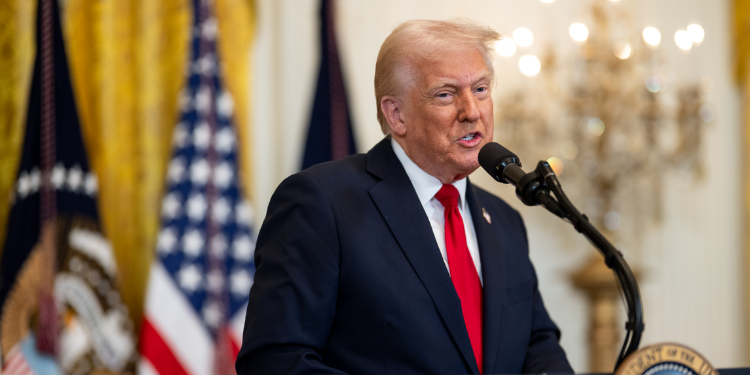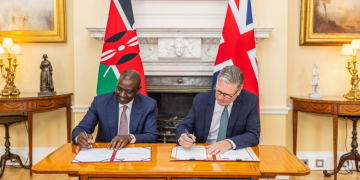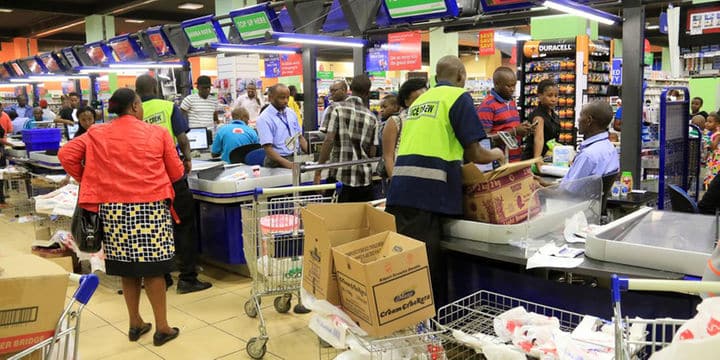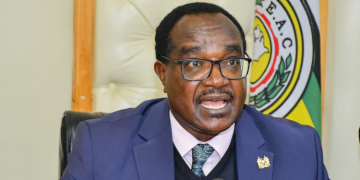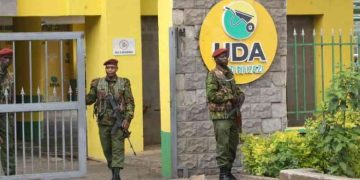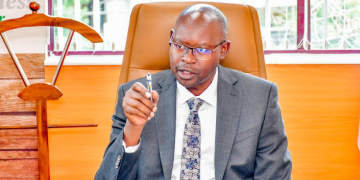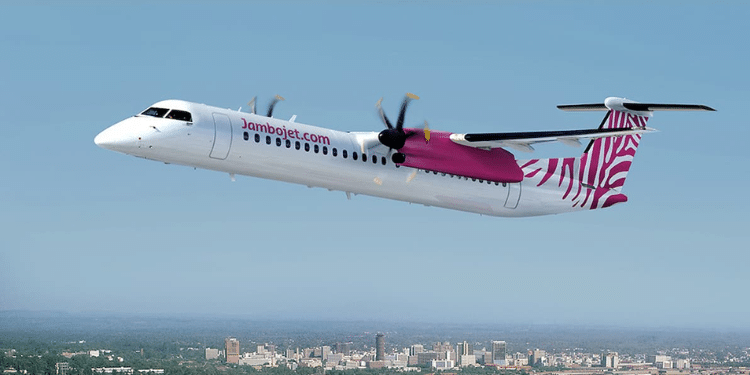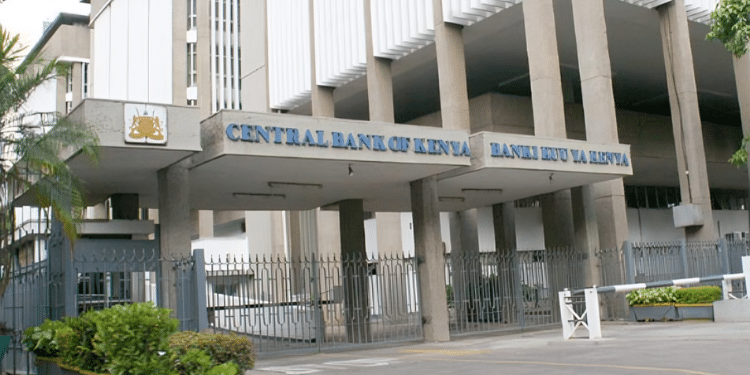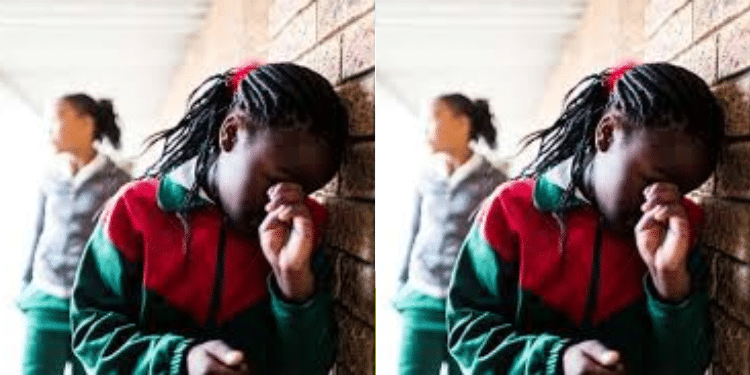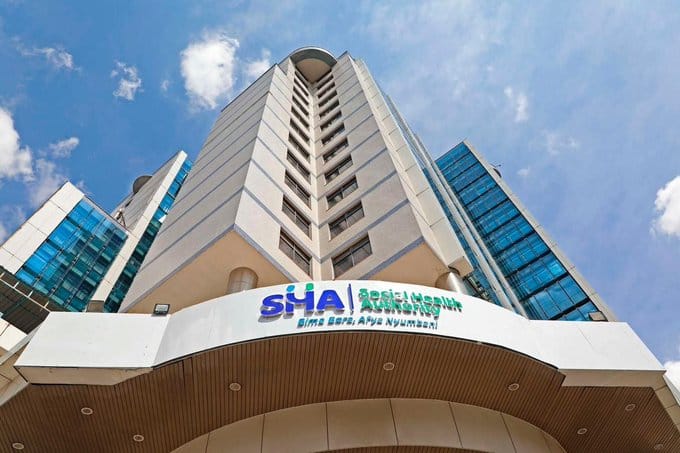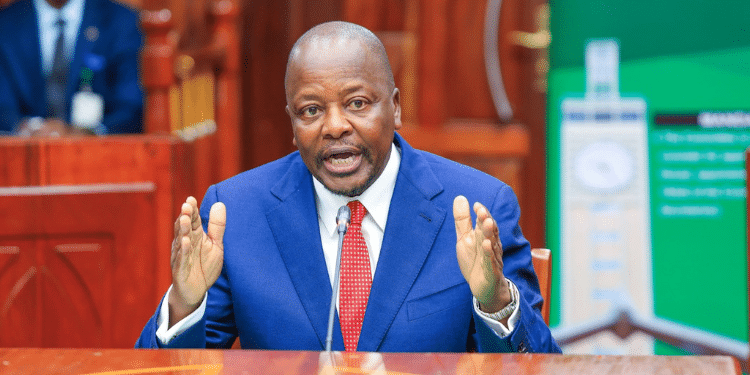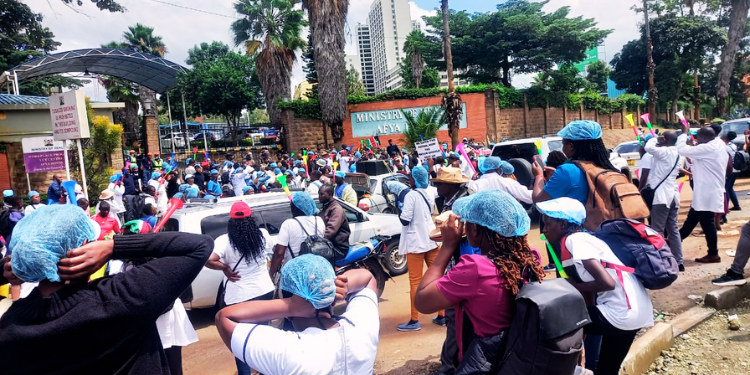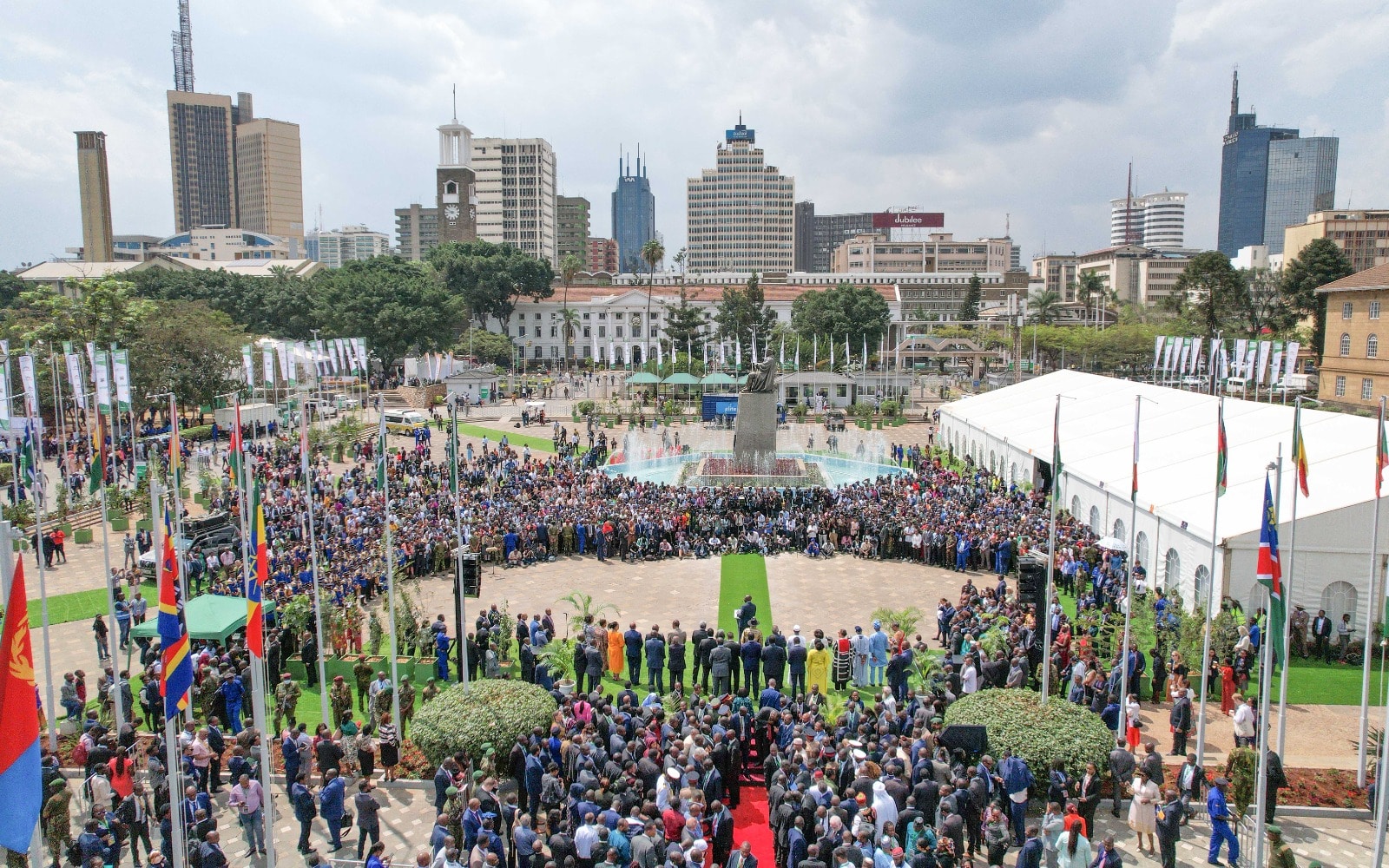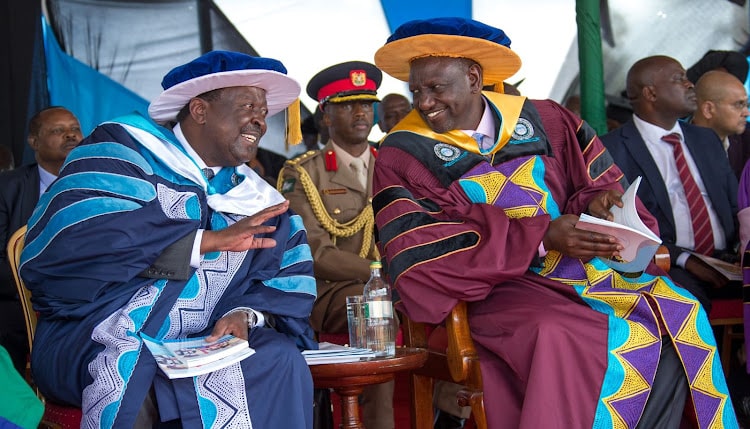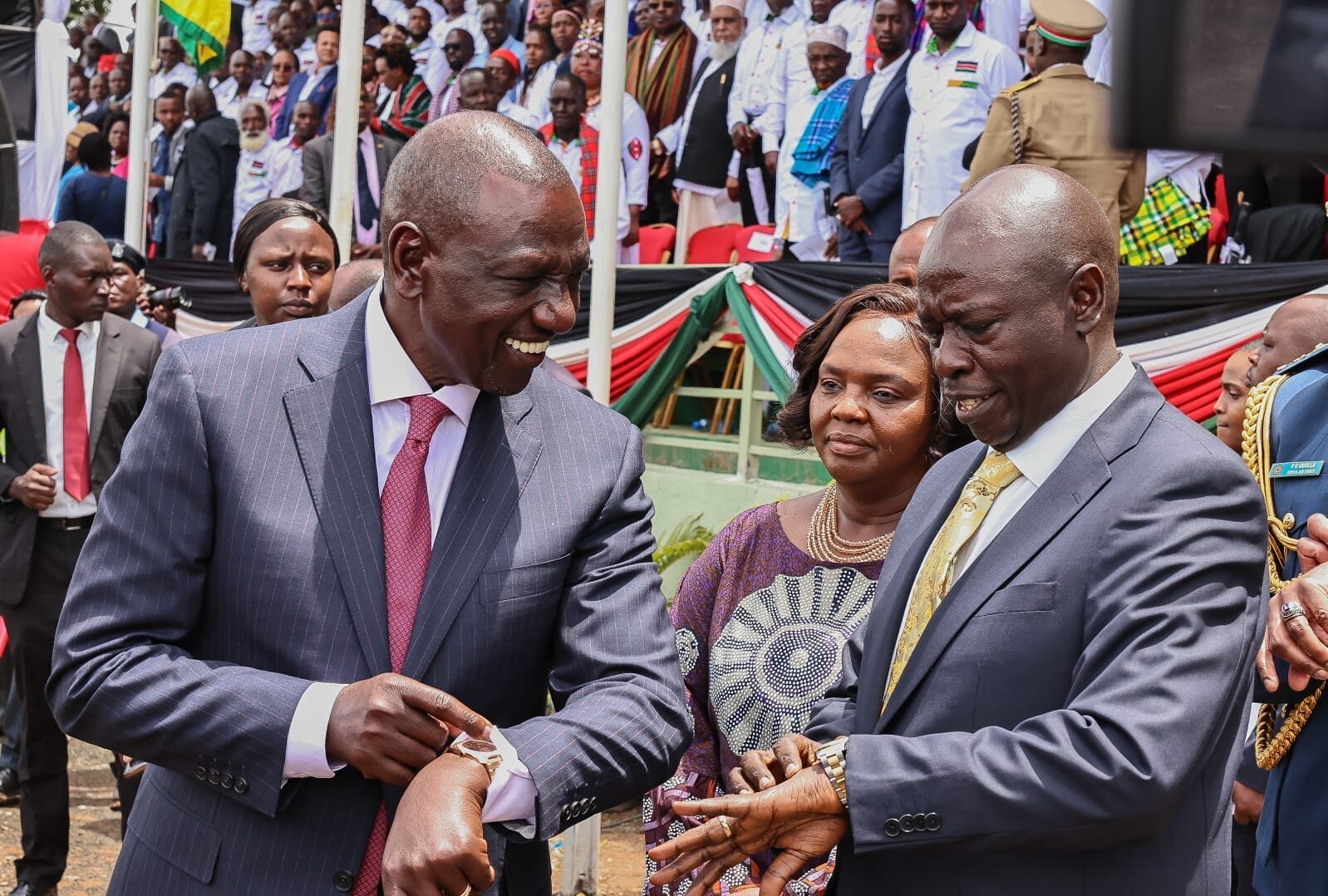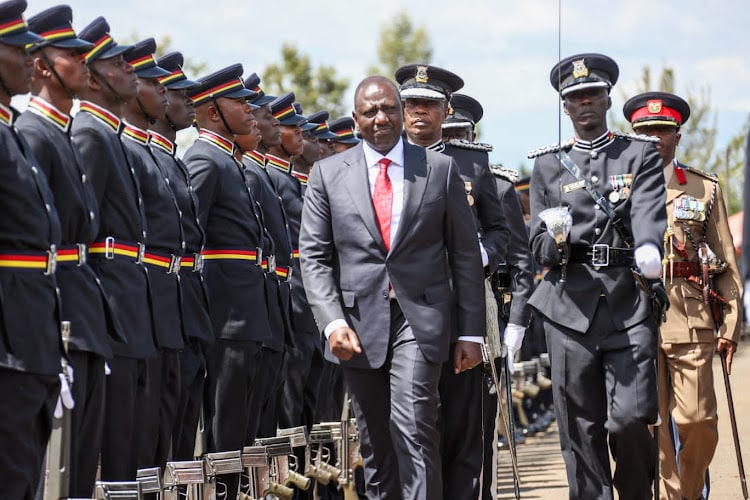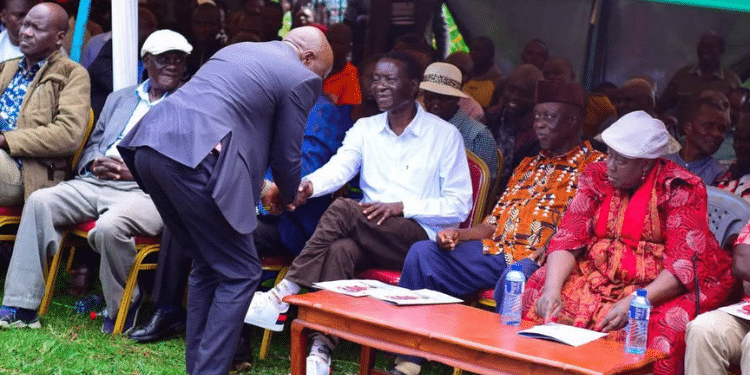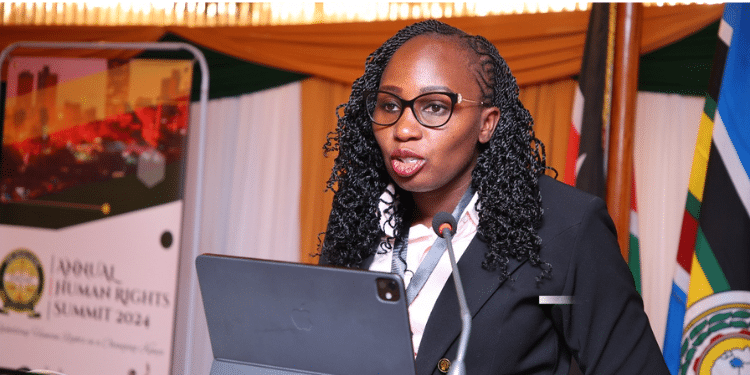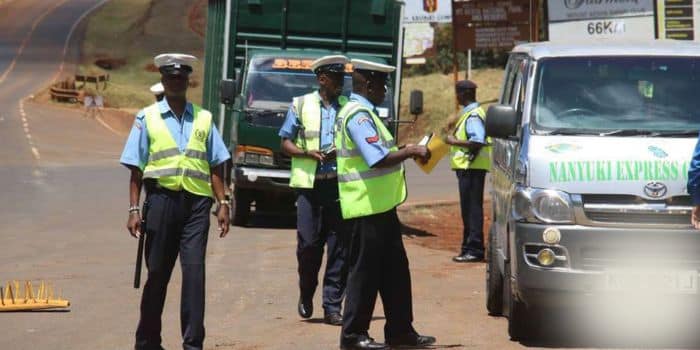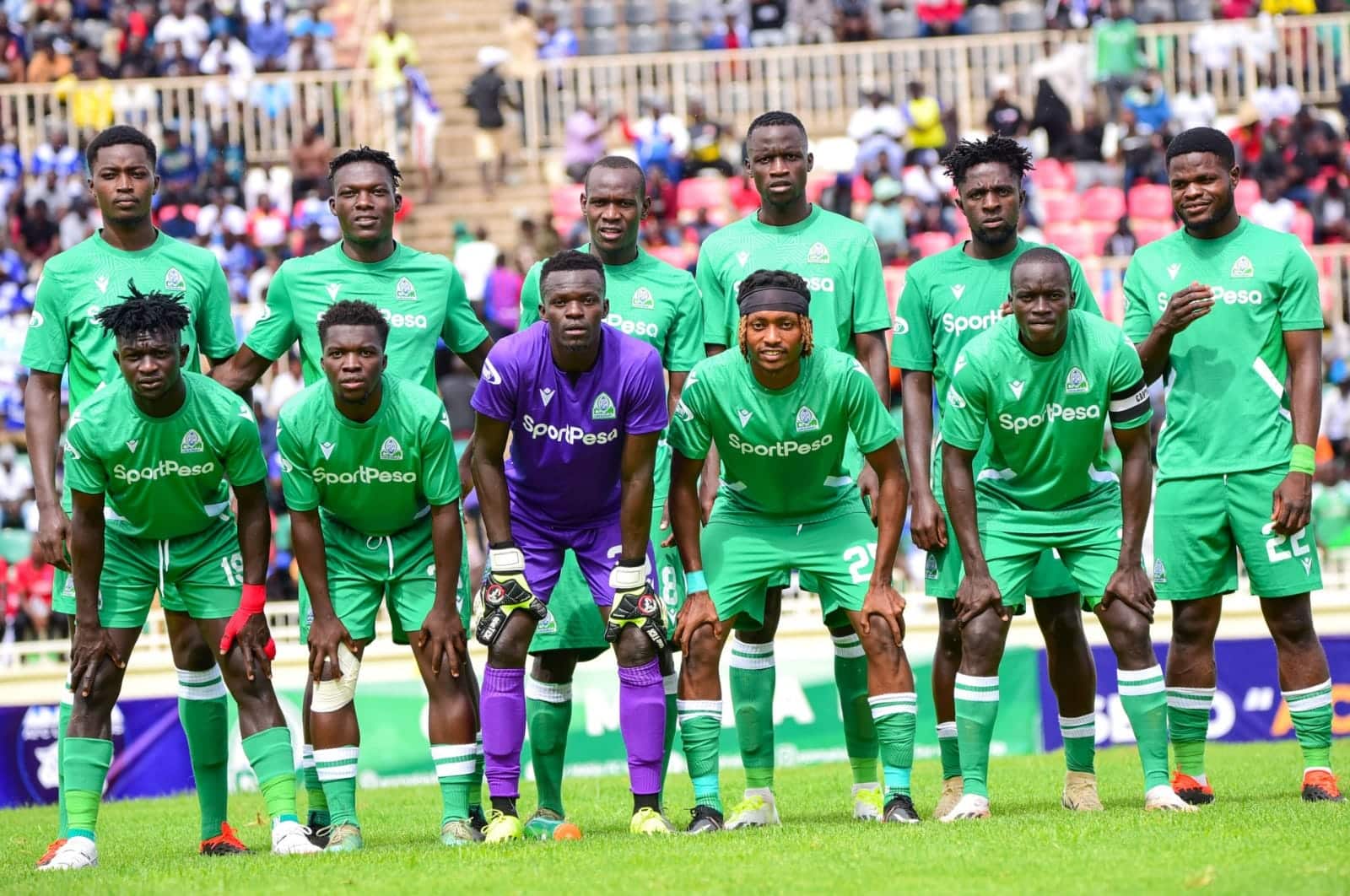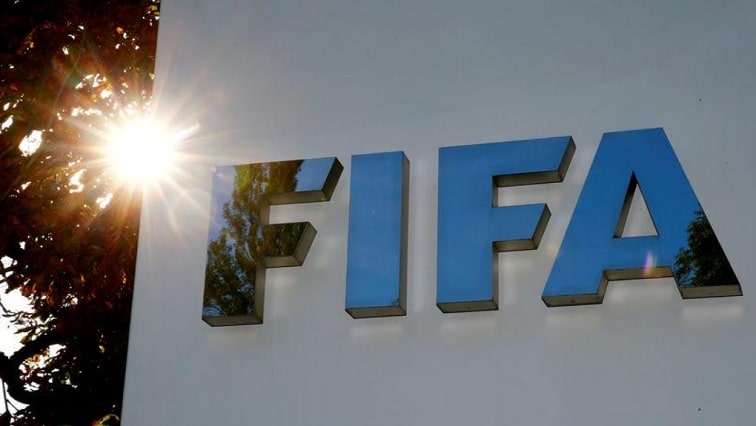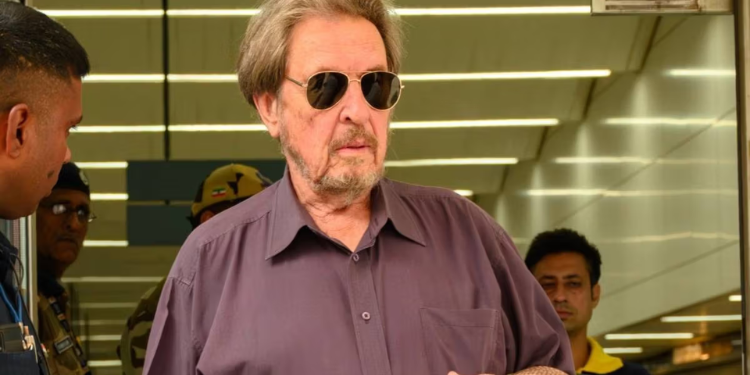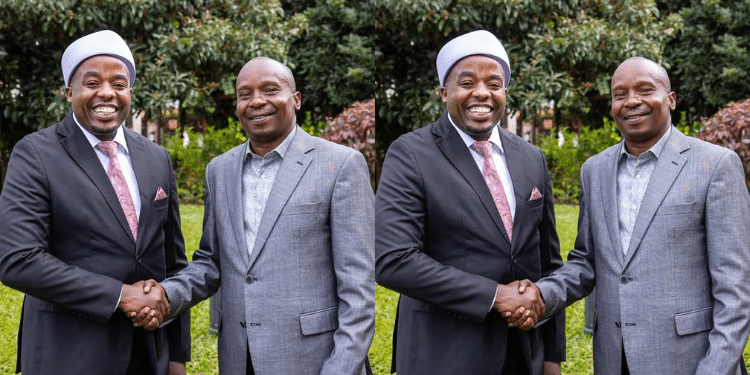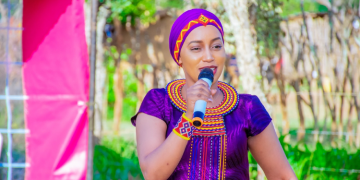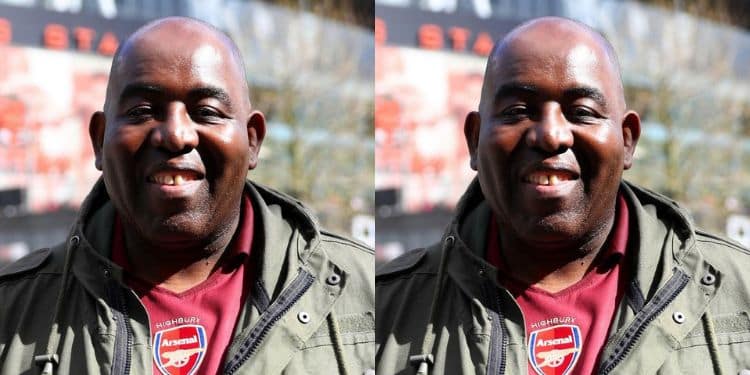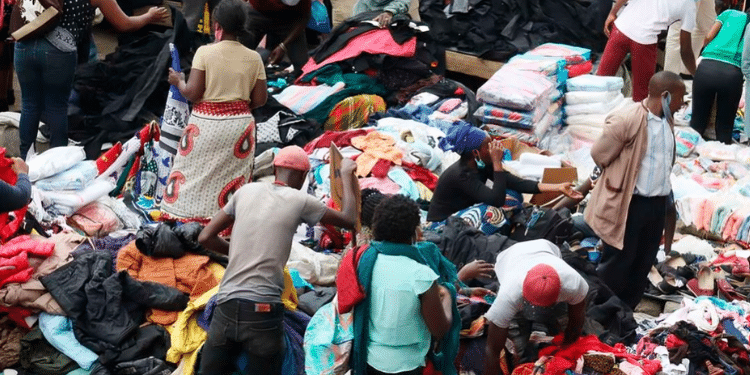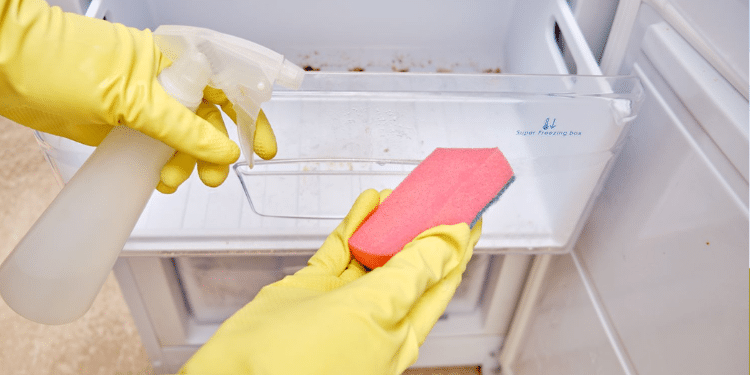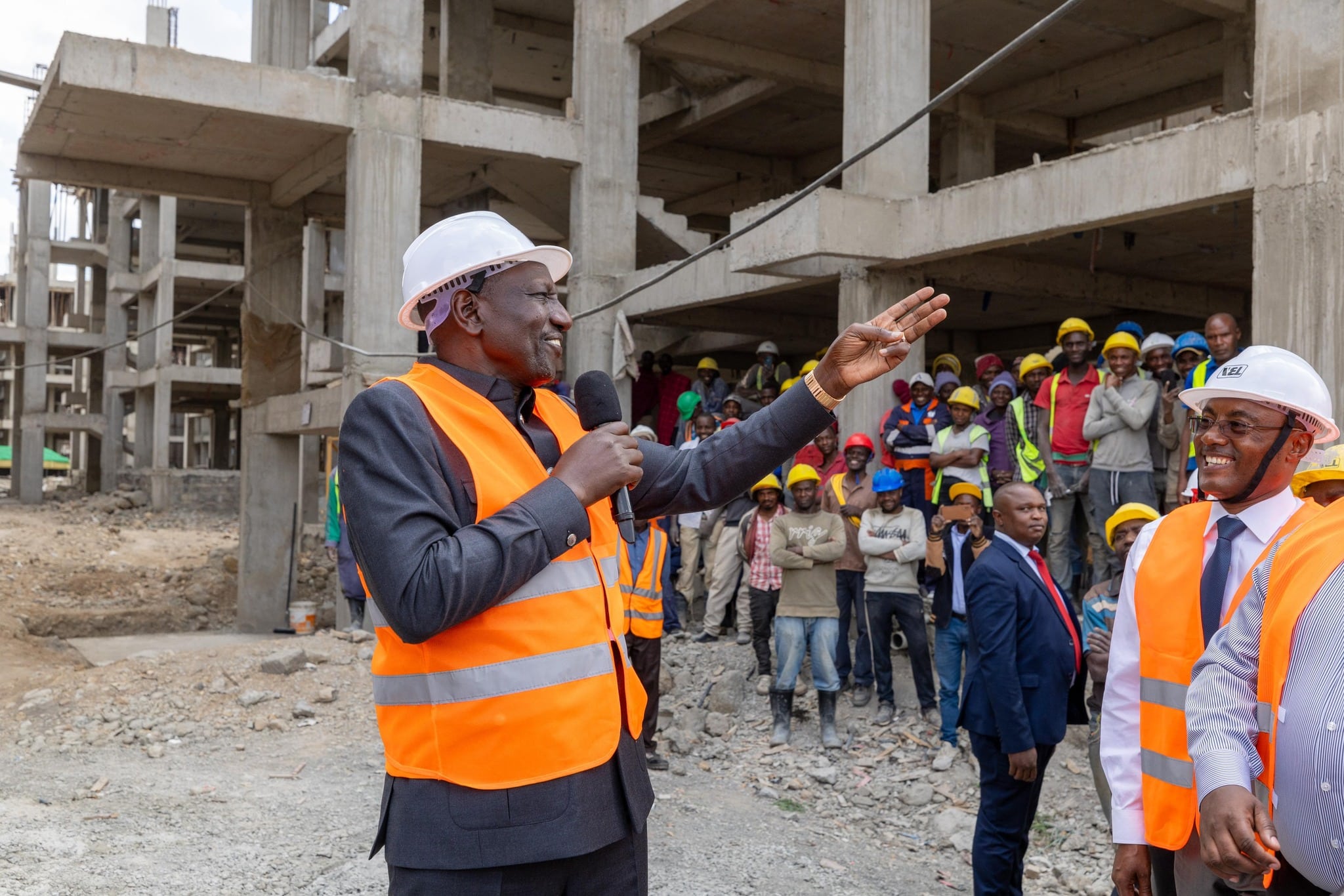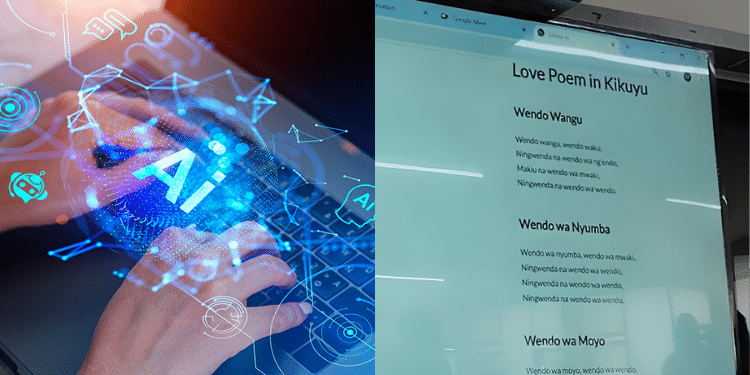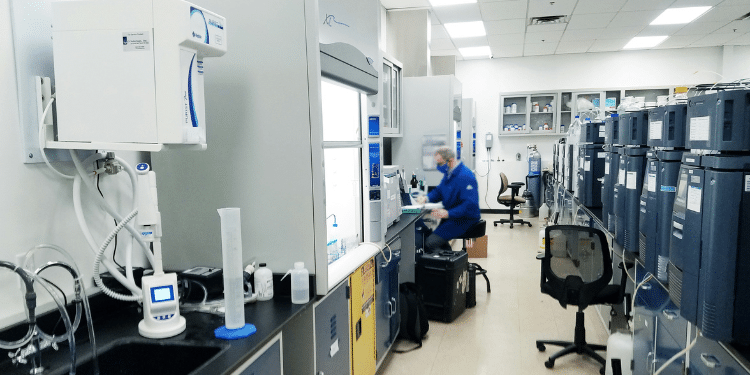Kenyan public Secondary schools may be forced to shut down due to delays in the disbursement of the full capitation amount required to support operations. The Kenya Secondary Schools Heads Association (KESSHA) in a document titled Operational Crisis in Schools has revealed a worrying decline in government funding that threatens to halt operations.
This as school heads continue raising concerns that many schools are on the verge of running out of funds necessary for daily operations, tuition, and infrastructure maintenance.
Capitation funds are used for various expenses including operational costs, infrastructure development, salaries for non-teaching staff, and extracurricular activities.
Signed by KESSHA chairman Willy Kuria, the Operational Crisis in Schools report has disclosed revealed that the government is disbursing only Ksh10,000 per student annually, less than half of the expected Ksh22,244.
“The actual amount received per learner is far below the stipulated capitation grant. As of now, schools receive Ksh10,479.37 per student,” part of the document reads.

This shortfall of Ksh11,721 has steadily worsened since the disruption of school operations back in 2020 by the Covid-19 pandemic.
KESSHA issues warning
In the document, school heads warned that without immediate action, learning institutions may soon shut down, putting the future of thousands of students at risk.
“Unless this situation is urgently addressed, schools face imminent closure, disrupting education for thousands of students,” KESSHA cautioned.
Also Read: How Top National Schools Performed in 2024 KCSE
Further, the document shows that schools received Ksh17,243 per student in 2020/2021 financial year.
The government,however, retained Ksh6,546 for development, funding co-curricular activities and purchasing of textbooks, leaving schools with only Ksh10,697.
KESSHA chair Willy Kuria during the third week of the first term had expressed concerns that the financial strain has left schools with no option but to send students home for fees to keep operations running.
Speaking in Murang’a County, Kuria urged the government to fast-track the release of funds and proposed that at least 50% of the capitation be disbursed promptly to ensure smooth school operations in the first term.
“The debts keep on piling because we are not getting enough money and we are just doing the bare minimum such as buying food just to keep the children in school and keep the institutions afloat,” remarked Kuria.
“We are forced to do the bare minimum, such as buying food, just to keep children in school and institutions afloat.”
The Murang’a High School principal warned that if the issue is not resolved urgently, learning in many schools could be paralyzed, further urging stakeholders to convene promptly to address these pressing issues and ensure uninterrupted learning for students.
Government confirms release of funds
The school heads spoke after the government announced the release of an additional Ksh14 billion in school capitation funding, bringing the total amount disbursed so far to Ksh33 billion.
Also Read: Education CS Admits the Govt is Struggling Amid Crisis in Schools
In a statement issued on Thursday, January 30, Government Spokesperson Isaac Mwaura confirmed that the National Treasury had released the funds with disbursement to school accounts expected to be completed by within two days.
“KCB account holders will access it today, and the rest by tomorrow,” Mwaura stated.
The latest release followed a previous disbursement of Ksh19 billion in the preceding week, aimed at ensuring that primary schools, Junior Secondary Schools (JSS), and secondary schools receive much-needed funding to support their operations.
“So far, Ksh33 billion has now been released to primary schools, Junior Secondary Schools (JSS), and secondary schools,” Mwaura added.
The Ministry of Education was expected to have disbursed Ksh28 billion for secondary schools by February 8, representing 50% of total capitation funds.
A month after the school term began, only Ksh14 billion has been made available, which has led to school principals raising concerns about system failures, with some students not properly captured, leading to reduced disbursements for certain institutions.
Follow our WhatsApp Channel and join our WhatsApp Group for real-time news updates


